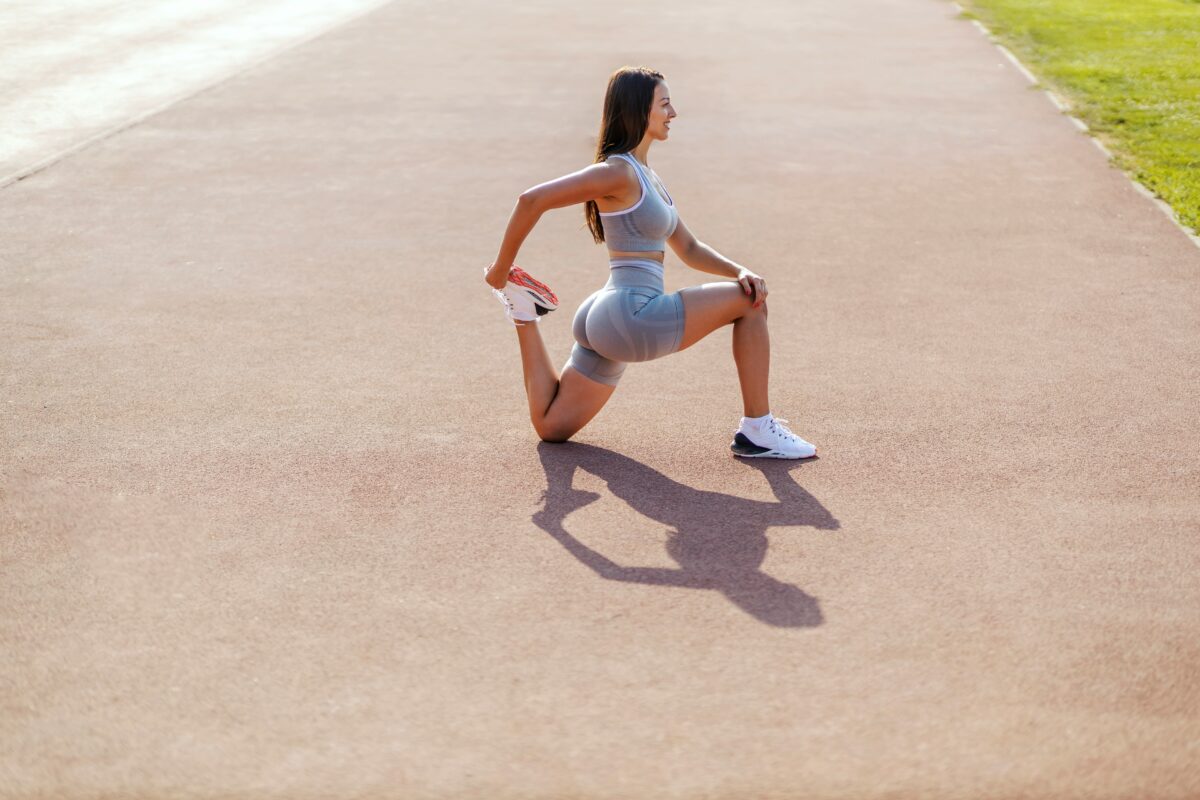FITNESS GEAR AND EQUIPMENT
Hip Thrusts: Building Strength and Sculpting Your Lower Body
Hip thrusts have gained popularity in recent years as an effective exercise for targeting and strengthening the glutes, hamstrings, and lower back muscles. Whether you’re looking to enhance athletic performance, improve posture, or simply shape and tone your lower body, hip thrusts offer a versatile workout that can be adapted to various fitness levels and goals.
Understanding Hip Thrusts
Hip thrusts primarily target the gluteal muscles, including the gluteus maximus, medius, and minimus. This exercise involves lifting the hips off the ground while maintaining a stable upper body position, which activates and strengthens the posterior chain muscles. Here’s how to perform hip thrusts effectively:
- Setup: Sit on the ground with your upper back against a sturdy bench or elevated surface. Position a barbell or weight across your hips for added resistance, or start with bodyweight for beginners.
- Execution:
- Plant your feet firmly on the ground, shoulder-width apart, and slightly angled outward.
- Brace your core and press through your heels to lift your hips upward until your body forms a straight line from your shoulders to your knees.
- Squeeze your glutes at the top of the movement and hold for a moment to maximize muscle activation.
- Lower your hips back down to the starting position in a controlled manner, keeping tension on the glutes throughout the exercise.
- Variations:
- Single-Leg Hip Thrusts: Perform the hip thrust with one leg elevated, focusing on each side individually to address muscle imbalances.
- Band-Resisted Hip Thrusts: Place a resistance band above your knees or across your hips to add extra resistance and challenge the muscles further.
- Bridge Hip Thrusts: Lie flat on your back with knees bent, and lift your hips towards the ceiling without using a bench, focusing on bodyweight resistance.
Benefits of Hip Thrusts
- Glute Activation: Hip thrusts isolate and effectively activate the glute muscles, which are essential for hip stability, power generation, and overall lower body strength.
- Improved Athletic Performance: Strengthening the glutes and hamstrings through hip thrusts can enhance performance in activities such as running, jumping, and squatting.
- Postural Support: Strong glutes contribute to better posture by stabilizing the pelvis and reducing the risk of lower back pain and injuries.
- Aesthetic Benefits: Consistent hip thrusts can sculpt and lift the buttocks, contributing to a more defined and toned lower body appearance.
Incorporating Hip Thrusts Into Your Workout Routine
- Frequency: Aim to perform hip thrusts 2-3 times per week, allowing for adequate recovery between sessions to optimize muscle growth and strength gains.
- Progressive Overload: Gradually increase the resistance (weight) or number of repetitions as your strength improves to continually challenge the muscles and stimulate growth.
- Warm-Up: Prioritize a dynamic warm-up routine to activate the glute muscles and prepare your body for the intensity of hip thrusts.
- Cooldown and Stretching: Conclude your workout with stretches that target the glutes, hamstrings, and lower back to promote flexibility and reduce muscle tension.
Conclusion
Hip thrusts are a valuable addition to any lower body workout routine, offering numerous benefits for strength, stability, and aesthetic enhancement. Whether you’re a fitness enthusiast, athlete, or beginner looking to shape and strengthen your glutes, incorporating hip thrusts can help you achieve your fitness goals effectively. Focus on proper form, progressive overload, and consistency to maximize the benefits of this powerful exercise and elevate your fitness journey.

